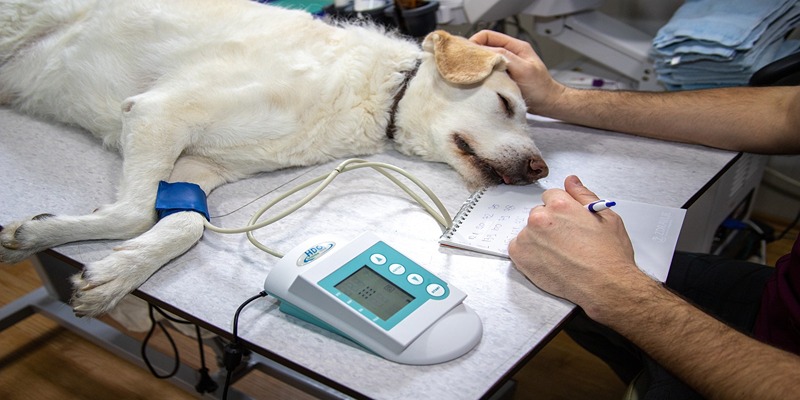Skilled real estate investors frequently employ 1031 exchange rules as a wise tax strategy. By delaying the sale of an investment property, this method enables one to avoid paying capital gains taxes. However, the disposition proceeds must be reinvested in a comparable property or "like-kind." Instead of emphasizing the grade or quality of a property, the term "like-kind" emphasizes its nature or character. Consequently, you are presented with an extensive assortment of property types for your forthcoming investment. You are not obligated to pay immediate taxes on the gains from these 1031 exchanges so long as the value of the property you are swapping into remains the same or increases.
1031 Exchange Requirements

Similar Property Criteria
The properties being exchanged in 1031 exchange rules must be similar. This does not imply that their qualities or types must be identical. The primary concern is guaranteeing that both properties are utilized as investment or commercial real estate assets and not as private residences. Consider one another in the role of a card trader; the cards need not be identical in color or number, but they must both be from the same deck. The 1031 exchange timeline applies to a diverse array of real estate due to its adaptable nature, provided that each property contributes something of value to your investment portfolio or operational business.
Business or Investment Properties Only
Only business or investment properties may be exchanged under a 1031 plan. The criteria do not apply to your residence. One would not exchange their work laptop for a home gaming console, analogous to exchanging tools in their professional toolkit. Not a change in living situation; rather, the objective is to optimize the investment portfolio or business assets by transferring capital from one property to another.
Consistency in Tax Information
Your purchased and sold properties must have identical tax information. This generally entails maintaining consistency in the name and tax return information between the sold and acquired property. Consistency is critical to authenticate the transaction from the perspective of tax authorities, analogous to affixing your official signature to documents.
Avoiding 'Boot' in the Exchange
Receiving 'boot,' which is any non-like-kind asset, such as cash or debt relief, in a 1031 exchange, may impact your tax exemption. It's like making a trade in which you receive additional goods as a bonus; those extras can alter the nature of the transaction. To maintain the complete tax-deferral benefit, ensure that your exchange solely pertains to comparable properties without any supplementary advantages.
Full Equity Reinvestment
All equity must be reinvested in the new property following the sale of a property under a 1031 exchange. Maintaining the same quantity requires preventing any spillage, analogous to pouring water from one glass to another. The tax-deferred status of the exchange may be modified if the equity withdrawal during the transaction results in taxation on the amount not reinvested.
Arm's Length Transactions
Arm's length transactions are required for 1031 exchanges to occur. This entails engaging with unsympathetic third parties, guaranteeing an equitable and market-oriented transaction. It maintains the integrity and simplicity of the game, analogous to verifying that the referee is not affiliated with any of the participants.
Steps For 1031 Exchange

- Step 1: Choose an investment property or business to sell in a 1031 exchange. This exchange excludes personal properties like your home or vacation retreat. Only your commercial or investment properties will be considered. Your property choice will affect the exchange, so choose wisely.
- Step 2: After choosing the property to sell, choose the property to buy. Most important is that properties sold and bought are "like-kind." Under this definition, properties must be similar types, characters, or classes. They need not be of equal quality or grade. Keep in mind that US properties differ from foreign ones.
- Step 3: Hire a reliable intermediary to ensure the transaction goes smoothly and prevent you from receiving funds too soon and paying taxes. This mediator will hold your money in escrow until the deal is finalized. This stage requires extreme caution. A trustworthy and solvent intermediary is essential because errors could cause losses or missed deadlines, resulting in immediate tax obligations.
- Step 4: You must decide how much of the sold property's proceeds will be reinvested in the new property. You need not reinvest the full amount. Reinvested funds are only eligible for 1031 exchange capital gains tax deferral. Capital gains tax will likely apply to non-reinvested funds.
- Step 5: A 1031 exchange requires timing. Two dates are crucial to deducting the property sale gain from taxes. First, find a new home within 45 days of selling your old one. Write everything down and give it to the seller or qualified intermediary. Second, you must buy the new property within 180 days of selling the old one or the tax return due date. More preferable is the earlier.
- Step 6: A1031 exchange exempts sale proceeds from income tax if you retain no control over them. Thus, money and other assets must not be obtained before the transaction. This could prevent the exchange and tax your gains immediately.
- Step 7: Finally, file Form 8824 with your tax return to notify the IRS of your exchange. Please list the properties, exchange dates, people, and money on this form. You must keep accurate records and report everything for your 1031 exchange to be successful.
Types Of 1031 Exchange
Simultaneous Exchange
A simultaneous exchange happens when a seller and buyer exchange properties simultaneously. An immediate property exchange without delay. This method suits those who like a quick trade. Despite seeming straightforward, simultaneous 1031 exchanges need precise timing. This requires complex organization and preparation since both parties must be ready and willing to swap their possessions. It's like two friends dancing delicately. All components must align for the trade to go well.
Deferred Exchange
A delayed or deferred 1031 exchange timeline provides a small amount of additional breathing room. Here, selling one home and buying another does not happen simultaneously. They happen at different times. The two deals are tightly linked. These are parts of a larger agreement. This is like a relay race when runners transfer the baton. As the second runner, you buy a new property after selling your present one. This kind of transaction has strict rules. The process must be seen as a single transaction. Things may become tricky now. The IRS has rigorous time restrictions and rules to verify that both transaction components are part of the same agreement.
Reverse Exchange
Finally, the reverse exchange occurs. It inverts the conventional order of the 1031 exchange timeline procedure. You buy the new property before selling the old one. It's like buying a new formal attire before selling the old one. The "exchange accommodation titleholder." may aid with this process. This third party temporarily owns the new property. If you must sell your property, they may keep it for 180 days. It's like having someone hold your line while you do an errand. Reverse exchanges, like postponed exchanges, are controlled by complicated rules.




